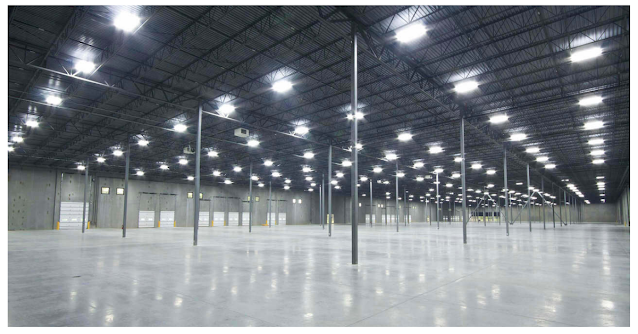Whenever you plan the layout of any outdoor project, there are many lighting options to choose from. The most energy-efficient are the ones equipped with LED technology. So why LED flood lights are selected for the exteriors? The main reasons are the quality of brightness and the operational lifespan they come with. This blog will discuss how you can enhance the lifespan of your flood lights with the correct ways to use them.
 |
| Led Flood Lights |
Operating the LED flood lights manually - A photocell sensor is required to control the illumination of the light fixture so they can be switched on and off automatically during nighttime and daytime.
Photocell sensors are needed to install at the best angle to catch the natural daylight. Remember that you need to install the motion and photocell sensors separately on the fixture as both operate differently.
The brightness is in the wrong position - Mounting outdoor flood light fixtures is no easy task. However, you can achieve more brightness by using fancier lighting techniques like moonlighting, where the fixture delivers soothing moonlight brightness to a given space.
The shadowing technique is wall whitewashing, which means that the focus of the object is in front of the wall.
Too many lumens - Brightness is not always better for the provided space. You can use light fixtures with lower brightness, such as LED flood lights with lumen ranging from 5000 to 7000 are suitable for house exteriors.
Save the 40,000-lumen intensity LED flood lights for stadium and arena use.
The lights are at the wrong place - Installing the flood lights on the sides and rear of your house with added motion sensors provides security to your exteriors.
The light fixtures are needed to be appropriately placed in the area with dark spots so that the space gets even brightness during the night. In addition, it is essential if there are security cams placed in that area.





No comments:
Post a Comment